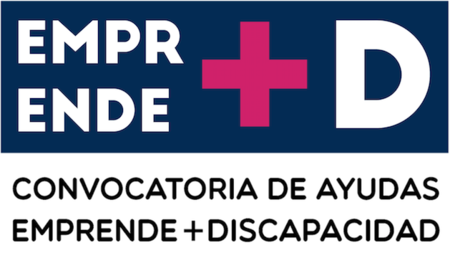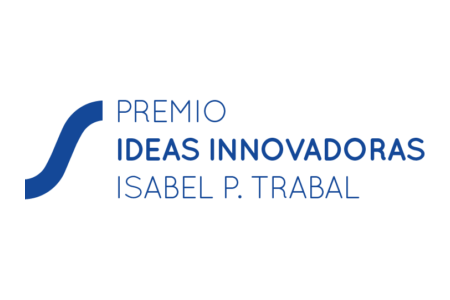Are you curious about the origin of Ease Apps? In this post we unveil some interiorities through a conversation with Cesar and Angel, its founders.
I: Ease Apps was officially launched on April 1, 2019 but, Angel, what is the origin of the idea?
A: Well, since smartphones became mainstream, more and more people coming to our Resource Center were looking for a solution to access their smartphone. They couldn’t access the touch screen.
I: Resource Center?
A: Yes, it is a service provided by ASPACE Catalunya Foundation and that I have been running since 2006. Basically, people with disabilities come looking for assistive technology to participate in their environment, usually because they want to use a computer, a mobile phone or a communication device. We cooperate with the user, family and direct attention professionals to find the best solutions.
I: And you Cesar, what can you tell us about the beginnings?
C: At that time I met Angel quite often as we both were part of the #ASPACEnet project. The lack of physical accessibility of smartphones was something that was on the table. However, the first serious attempt to take this forward was in 2014, when a computer science student asked me to be her advisor for her Final Degree Project. She wanted to do something related to accessibility. I said yes.
I: Tell us more about that project
A: The goal was to create an Android application to make the system more accessible to people with cerebral palsy. Technically, the idea was to capture the events that occur on the screen, process them and finally send the relevant orders to the application underneath.
I: But is that what Ease Touch does?
A: In essence, yes.
I: And how was that project?
C: Very good. Indeed we conducted some usability tests with people with cerebral palsy, the software worked as expected and the student got an outstanding grade. However, at that time Android lacked most of the features required to develop a practical solution. We encountered serious limitations, such as not being able to use the keyboard. But all in all, the effort paid off because proved to be useful for some people with physical disabilities.
I: OK. Let’s move forward in time. Which was the next step?
C: The issue came up again on several occasions, but not was until the summer of 2017 when we decided to move the project forward. By then, Android 7, which includes an improved accessibility support, had a meaningful market share and this encouraged us to start the project.
I: And now comes the car anecdote, right?
C: Yes, well, I explained that during the IV Semana Internacional CEAPAT 2019…
I: OK César, we already know your version. Angel, tell us yours?
A: We were in my car, on a trip from Barcelona to Albacete to attend the Encuentro de Bajo Coste, There we were going to conduct a workshop on Android accessibility. The journey takes more than five hours, so we had a lot of time to talk. We had a relaxed conversation which allowed us to outline how that application that modified the behavior of the touch screen should be and how it would help all those people I had in mind. But not only that, by establishing the foundations of that which later were called Ease Touch, we saw how that idea could be extended and applied to enhance the use of other assistive technology devices based on mice and game controls. Those devices have already been successfully used in the past to access personal computers. From there comes Ease Mouse and Ease Joypad.
I: So, the project was conceived in a car. Isn’t it?
C: Ha ha ha! Yes, more or less, although upon returning from that trip, those first designs, embodied in rough pencil sketches and brief notes, raised a very important issue: their technical feasibility. It was clear that what had to be developed was out of the ordinary. From my previous experience developing EVA Facial Mouse, I sensed it was possible, but it had to be verified. Few days later, I sent Angel an email that started with a “good news!”. Attached was a primitive version of what would later be Ease Touch.
I: What happened next?
C: Due to other commitments I had to leave the project parked for a few months and I could not resume it until January 2018. From there, the project started moving forward faster. New releases were shared among us periodically. In Barcelona, Angel started testing the software with users, reporting bugs, feedback, improvements, etc. We started shuffling ideas for names, logos, etc. At the end of May we showcased our apps in a conference hosted by the Vodafone Foundation, and a few weeks later we applied for a call from this same organization which gave rise to the Digital Explorers with Ease Apps project. And, as it’s usually said in these cases, the rest is history.
I: This is a profit-oriented initiative, right?
A: Yes. Although I wish it could be otherwise, the goal is to provide solutions that are sustainable and can accumulate long-term value.
I: This year you went again to Albacete. What did you talk about in the car?
A: Maybe in another conversation …




